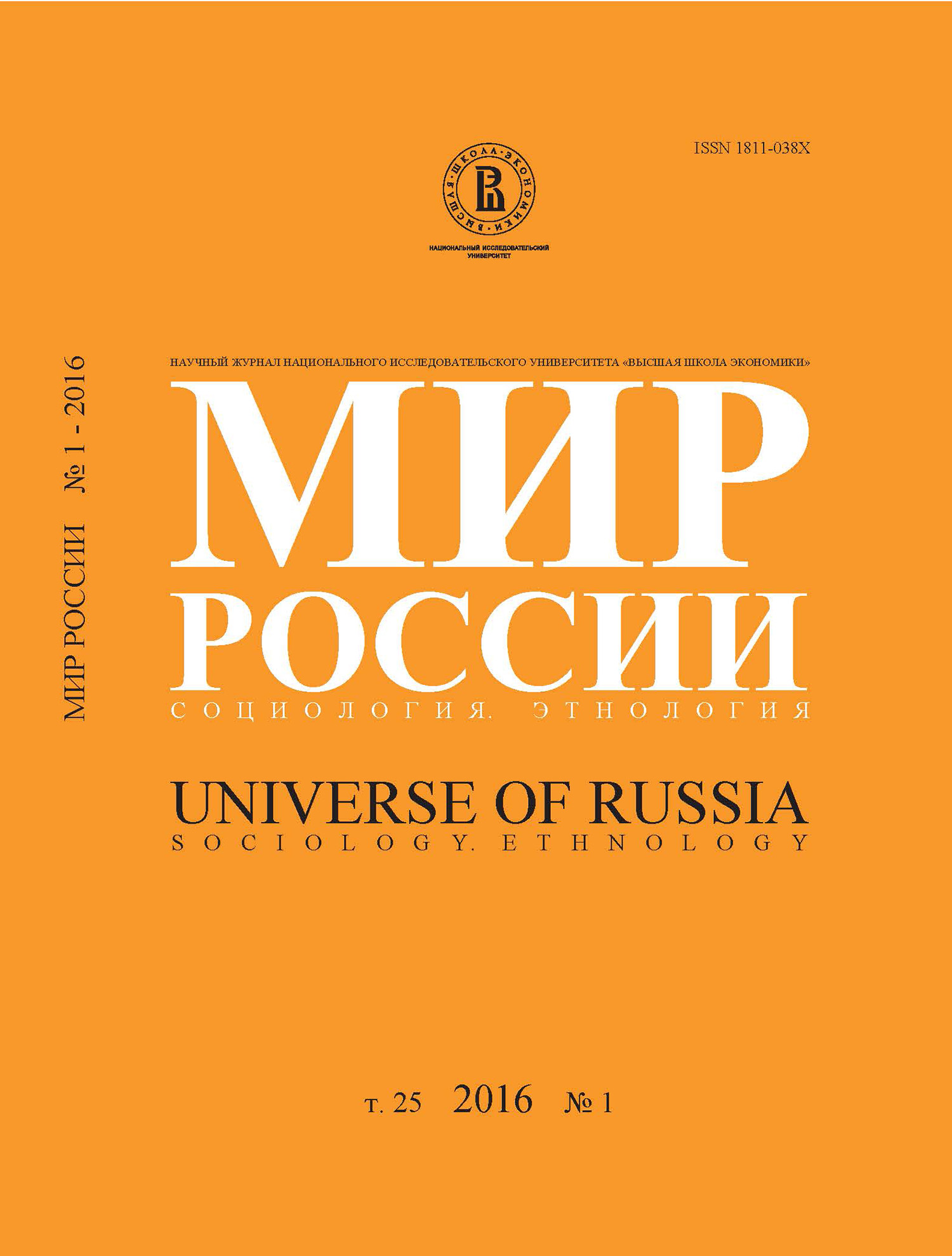Дачная «колонизация» российской глубинки.Пример Костромской области
Аннотация
Аверкиева Ксения Васильевна — кандидат географических наук, научный сотрудник, Институт географии РАН. Адрес: 119017, Москва, Старомонетный пер., д. 29. E-mail: xsenics@yandex.ru
Нефедова Татьяна Григорьевна — доктор географических наук, ведущий научный сотрудник, Институт географии РАН. Адрес: 119017, Москва, Старомонетный пер., д. 29. E-mail: trene12@yandex.ru
В статье сделана попытка на примере Костромской области объяснить, что представляет собой такое явление, как дачи и дачники. Рассмотрена специфика российской урбанизации и субурбанизации и типы сезонного дачного жилья как второго дома горожан с выделением ближних, среднеудаленных и дальних дач. Намечены методические подходы к выявлению количества дальних дач жителей крупнейших городов в нечерноземных областях и их соотношение с числом дач местных горожан. Показана плотность дачников разных типов (местных и московских) в пригородных и удаленных районах Костромской области, состав и предпочтения горожан в сельской местности. Приведены результаты обследования московских дачников в четырех периферийных районах Костромской области. Выявлена эволюция становления дачных сообществ в 1970–1980-х гг., их изменение в 1990-х и 2000-х гг. Рассмотрены особенности взаимодействия горожан с местным населением и властями, а также перспективы дачного освоения удаленной глубинки с убывающим местным населением.






